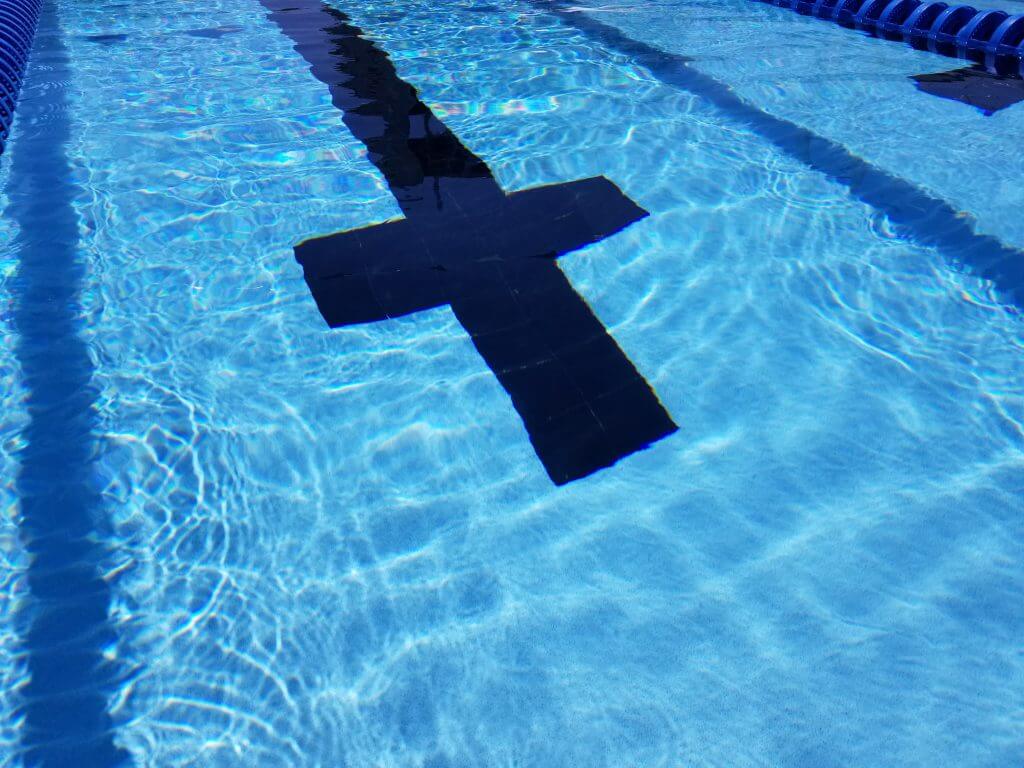Is Your Summer Pool Safe? Here are Several Ways to Know

Public Pool Safety: What to Know As Summer Sends Droves to Pools
As summer gets in full swing, public pools are getting closer to capacity.
Many parents wonder what the risks are, not only in water safety, but in the qualify and cleanliness of the water.
According to the Center for Disease Control, as long as a pool or hot tub is being maintained, there is no real risk. This report is according to a House Beautiful story.
To be considered safe, the chlorine concentration in a pool should be high enough to control any potential pathogens in the water, microbioligist Jason Tetro told House Beautiful. This is about 1 part per million. “This is quite small but can be incredibly effective at keeping microbes from growing in the water.”
But if there is not enough chlorine in the water, bacteria can begin to grow on surfaces and in the filters. According to the report, the most common is Pseudomonas aeruginosa, which causes a rash, swimmer’s ear and ear infections.
Bacteria can also create situations like norovirus, hepatitis A as well as parasites.
So, with all of that in mind, be educated and make good choices when it comes to public pool safety.
Check pool inspection reports. Public pools should have those available.
And use good judgement. Chlorine is easily smelled and if you can’t smell it, that could be red flag, but if it smells too chemically or pungent, that could come from a variety of things being mixed in the water (lotion, sweat, saliva, urine, etc.) and could actually need more chlorine, as well as if the water looks too green or foggy.
The Center for Disease Control recommends to never swim if you have diarrhea and try not to swallow any pool water. Showering with soap after swimming also helps.
Read the full report on public pool safety here.



